World of Composites to launch alongside Techtextil India
Editor’s Viewpoint
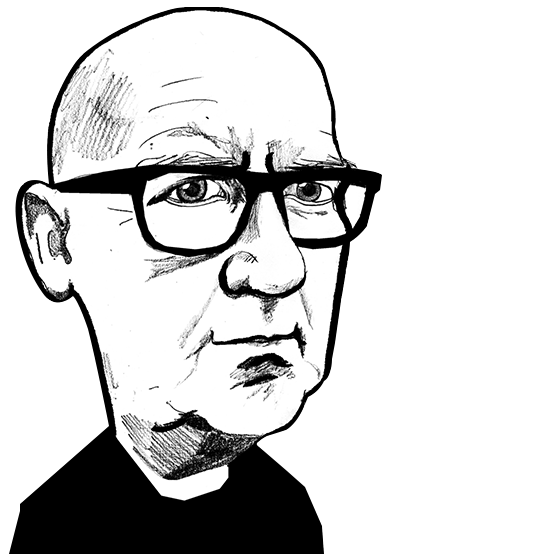
Zero-tolerance quality for nonwovens at Techtextil India
Billy Hunter

Why USTER fibre cleaning is the best choice for super-critical applications
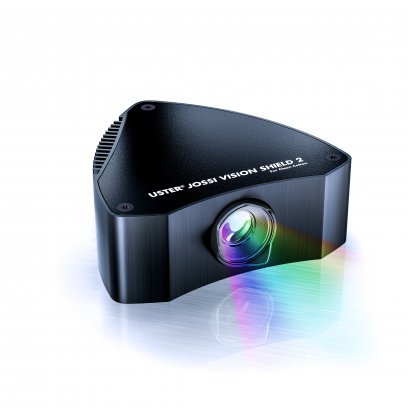
5th November 2019
Billy Hunter
|
Uster, Switzerland
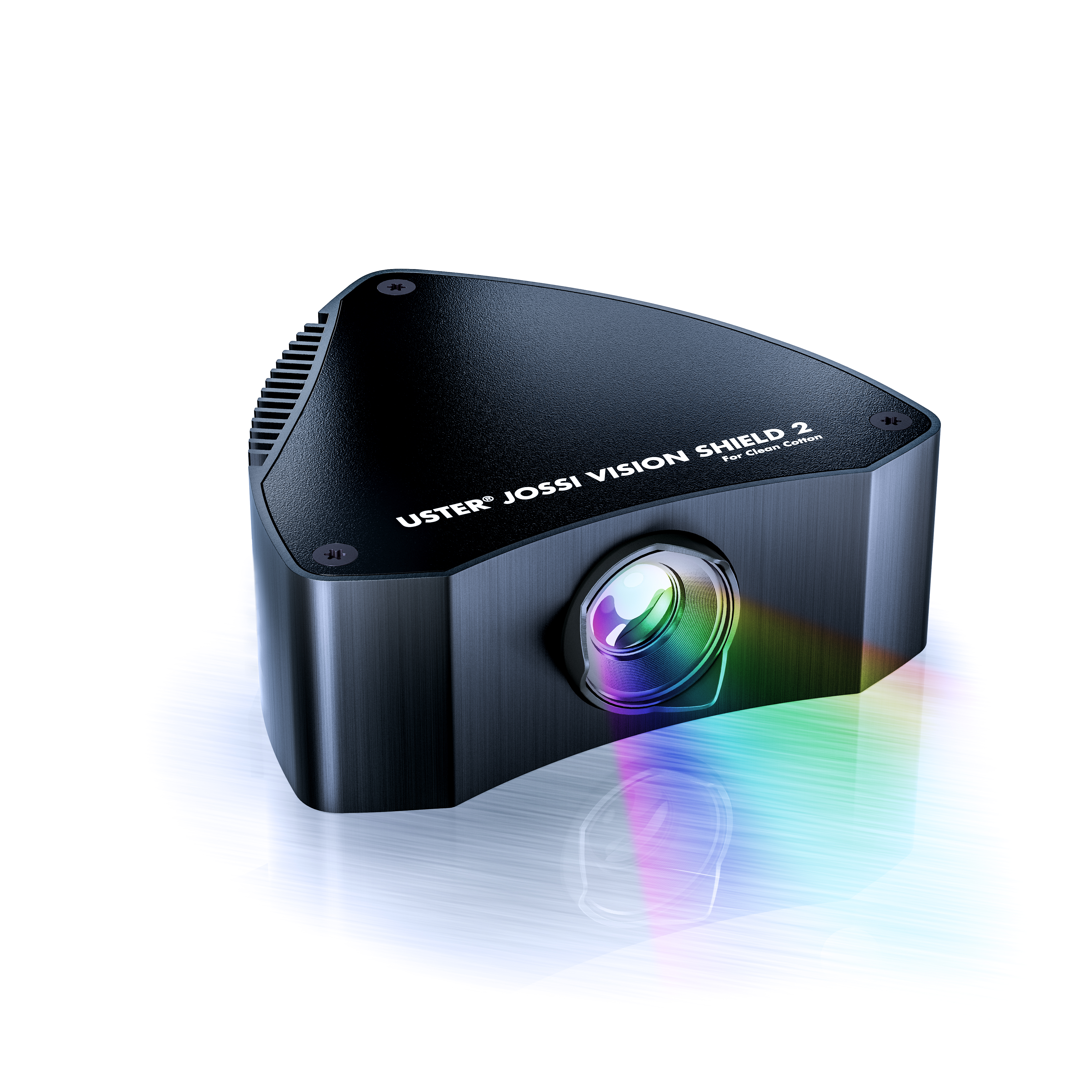 Uster Jossi Vision Shield. © Uster.
Uster Jossi Vision Shield. © Uster.
Some sweet-toothed individuals might dream of a room full of candy floss. The fairground treat certainly has its appeal, but what if you had to find an object as thin as a one cent coin hidden inside the sugary mass? A sticky problem, for sure.
Now, let’s imagine we are dealing with tufts of man-made fibre instead, the kind used as feedstock for spunlaced nonwovens. This is when things get serious - the most critical medical and hygiene applications for these products demand zero-tolerance of any contamination fragments larger than 1 mm. Still a big task, yet the Uster Jossi fibre cleaning system has the solution, finding and ejecting unwanted substances in the blink of an eye, manufacturer Uster explains.
Operating in the preparatory stages before spunlacing, Uster Jossi Vision Shield reliably detects and eliminates the tiniest particles of contaminant, preventing potentially disastrous quality claims and rejections by customers – often big-name corporations delivering to both institutional and consumer markets.
At the forthcoming Techtextil India 2019 event, experts at the Uster booth will provide detailed information on the latest fibre cleaning systems, for applications ranging from sensitive (medical and hygiene) to delicate (security paper printing).
Fast and efficient contamination control
Uster Jossi Vision Shield deploys the imaging spectroscope technology, identifying contamination in a fraction of a second, and just as quickly removing it from the mass of good fibre material. According to Uster, detection works across a much greater wavelength than conventional camera systems, so that contamination as small as a single hair and in the lightest colours is pinpointed, even in IR and UV light ranges.
The process of detecting and removing contamination from bleached cotton and man-made fibres inevitably generates some waste. It is important to ensure a minimum of good fibre is lost in this way. Uster Jossi Vision Shield achieves this by continuously measuring the velocity of the fiber tufts. Precision valves then match the timing and duration of each ejection of contamination, so that only the required amount of unwanted material is removed.
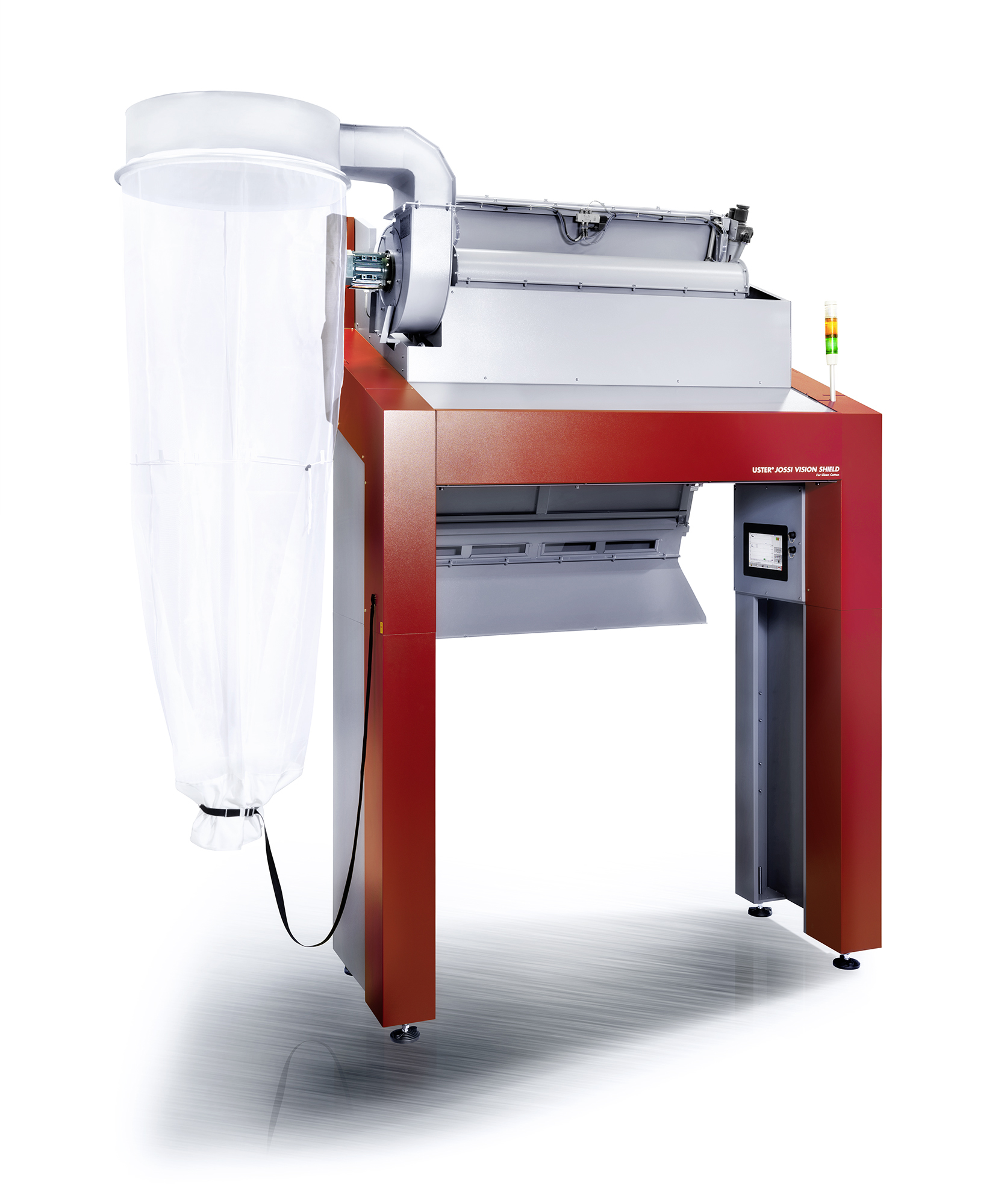
Uster Jossi Vision Shield. © Uster.
Meeting the ultimate quality standards
For fibre cleaning, tuft size is the key - small contaminant particles can hide inside denser tufts, especially difficult to locate when the material is more compressed. Uster Jossi Vision Shield is ideally positioned to overcome this, directly behind the fine opener in the blowroom. These short channels ensure that the tufts pass the spectroscopes in their most open state. This position also means that the optimal dimensions and compact design of the fiber cleaning system integrate perfectly in the production line.
The quality-boosting credentials of Uster Jossi Vision Shield are underlined still further by its established leading role in the cotton industry, where contamination levels are much higher and more complex. The Uster system’s spectroscopes detect everything – even white polypropylene entangled in tufts. In fact, most cotton spinners hesitate to use the system at its fullest sensitivity, since waste levels might be too high if all contamination was removed.
Nonwovens producers, however, can use all this detection power to achieve the guaranteed levels of both comfort, for contact with human skin, and appearance – as well as the required quality standards for medical uses. For nonwovens, Uster Jossi Vision Shield brings unrivalled detection power and removal efficiency, for top fiber cleaning performance.
Progress by Indian nonwovens manufacturers
Nonwovens globally is a rising segment, and India is emerging as a significant player in this, as the third-largest Asian supplier of roll goods. Manufacturing of nonwovens started in India decades ago, initially limited to nonwovens made from staple fibres, using conventional and outmoded methods. Progress came in response to demands for a reduction in basic weights, and spunlace and spunmelt fabrics became important.
By 2014 an Indian nonwovens output of 277,000 tons was estimated, and for 2020 and beyond volumes were forecast to reach over 400,000 tons (source: AFNA/EDANA/INDA estimates 2015). “India is a growing market for Uster Jossi fiber cleaning systems, as it develops sensitive nonwovens applications in fast-growing health and hygiene sectors, as well as specialties like security paper printing for currency, where the cotton used is tested thoroughly to avoid contamination,” says Rathnam V. Rama, President Uster Technologies, India.
The importance of the nonwovens sector for Uster is demonstrated by the company’s presence at the forthcoming Techtextil India 2019 in Mumbai (Hall 4, Booth F82), a leading international trade fair for technical textiles and nonwovens. “We are sure that Uster Jossi Vision Shield will attract interest at the exhibition from manufacturers of bleached cotton and other quality-critical nonwovens products for health and hygiene, as they seek to move up the value chain, from low-end and low-priced nonwovens into specialty applications,” says Rathnam.

Business intelligence for the fibre, textiles and apparel industries: technologies, innovations, markets, investments, trade policy, sourcing, strategy...
Find out more



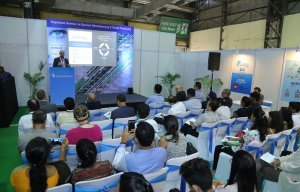
-300x192-cropped.jpg)
